So, you are thinking about taking the plunge and treating yourself to a brand spanking new ear piercing but aren't quite sure what happens after the stab? Or maybe you have recently been inspired and gotten yourself the ear piercing of your dreams but have already forgotten what the care instructions were? Whatever the situation, we have got you covered when it comes to getting and caring for your fresh piercing!

CONSIDERING GETTING A NEW PIERCING?
1. Find A Good Piercing
If you are considering getting a piercing, a really important factor to consider is who your piercer will be! You always hear horror stories of people going to bootleg piercers and then ending up with horrific infections and scars. This is something we definitely want to avoid!
So do your research and hit up the internet to find yourself a reputable piercer in your area. The difference between a good and bad piercer can make a massive impact on the outcome of your piercings so make sure you find someone you can trust.

2. Know Your Piercing Healing Time
Piercings have been around for hundreds if not thousands of years and by now we have tried and tested almost all the different methods of care and healing in the book.
First and foremost, depending on what type of piercing you get your healing time will vary. To ensure you can care for your piercing properly, make sure you understand the duration of time it takes for your chosen piercing to heal. When choosing your piercing jewelry you should also take into consideration that straight post earrings will take less time to heal than hoop earrings as post piercings are exposed to less movement.
Lobe Piercings: 6 - 10 weeks
Ear lobe piercings are the fastest type of ear piercings to heal. With the ear lobe sitting at the bottom of the ear, blood flows more regularly making it easier for the skin to heal itself.
Cartilage Piercings: 3 - 12 months
Depending on where your cartilage piercing is the healing time will vary quite drastically. The higher up the ear the piercing is the less blood flow that area may receive making the heal time a lot longer than lobe piercings. Tragus, rook and conch piercings will typically take the longest to heal.

AFTER THE PIERCING
You have just gotten yourself a fun fresh piercing and now it is time for it to heal.
It is really important for you to care for your piercing properly to allow for it to heal and to avoid infection. Remember, that caring for your piercing is a daily task and should not be avoided to prevent the possibility of inflammation.
For fresh piercings, it is totally normal and common to experience minor bleeding and discomfort. However, if you believe the bleeding or swelling becomes excessive always seek professional advice from your piercer or a medical professional. If you have been pierced with hoop earrings and your earrings are showing no signs of healing after 6 weeks you should go back to your piercer to get the hoops switched out for straight post earrings.
AFTERCARE GUIDE

Clean Your Piercing Daily
Use a Q-tip to clean the skin surrounding the piercing with a saline solution. Avoid using soap or alcohol as they may dry out the skin around the piercing causing greater discomfort and potential inflammation. Saline solution is the recommended cleaning solution as it is relatively sensitive skin friendly and will not irritate the healing skin.
We recommend using the NeilMed Aftercare Fine Mist

There Is No Need To Twist Your Earring
Contrary to popular belief, you should not twist your fresh piercings as it will not actually assist with the healing process. In fact, the more you move and touch the piercing the longer the healing time may take. This also means you should avoid sleeping on your piercing to avoid movement. However, if you must twist you piercing only do so if you have clean hands and when the piercing is wet.

Do Not Change Your Piercing Jewelry Until It Has Fully Healed
It is not recommended to change your own piercing jewelry until it is fully healed. This is because you risk infecting your ear with the bacteria on your hands, and you may not even be able to get the earring back into the piercing hole as it may have already started to close.
If you are having issues with your piercing or really want to change the earring, make sure you go to a professional piercer to do so. If you do decide to change your piercing jewelry, you must replace it with an earring that is made with piercing appropriate materials. Piercing jewelry is typically made with pure materials that are very sturdy and hypoallergenic like solid gold or stainless steel.
Our 14K Solid Gold Piercing Collection is perfect for piercing or changing your freshly pierced ear jewelry. Just make sure you go to your piercer to do so. Gold plated or gold-filled earrings may cause sensitivity to your healing ears and delay your recovery period.
And Remember To Keep Up With Your Aftercare
It can be really easy to forget about or want to change your fresh piercing but if you do not allow your piercing to heal properly you might encounter a plethora of future issues. The more frequently you clean your piercing the less likely it will get infected and the faster it will heal.
Getting a new ear piercing is super exciting as once its healed you will have so many options for styling gorgeous ear stacks! We really encourage you to take good care of your new ear piercing so that you can start wearing your gorgeous new jewelry asap! Discover our specially made Piercing Collection to find an earring that is suitable for your new piercing.
Learn more about which earrings are most suitable for which ear piercing from our Piercing Collection Placement Guide.

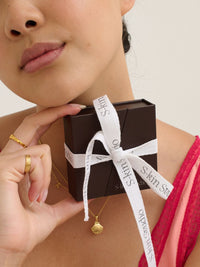
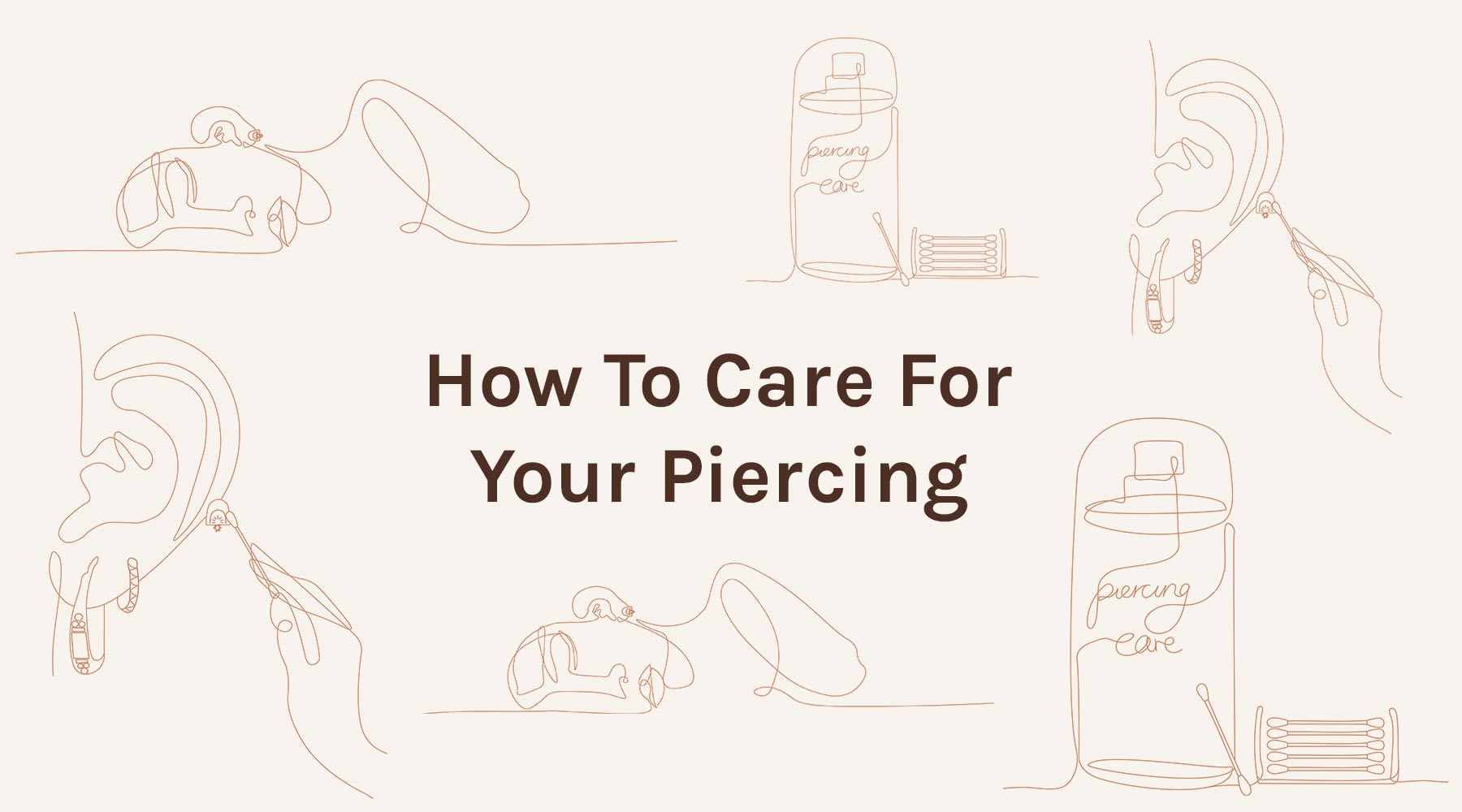
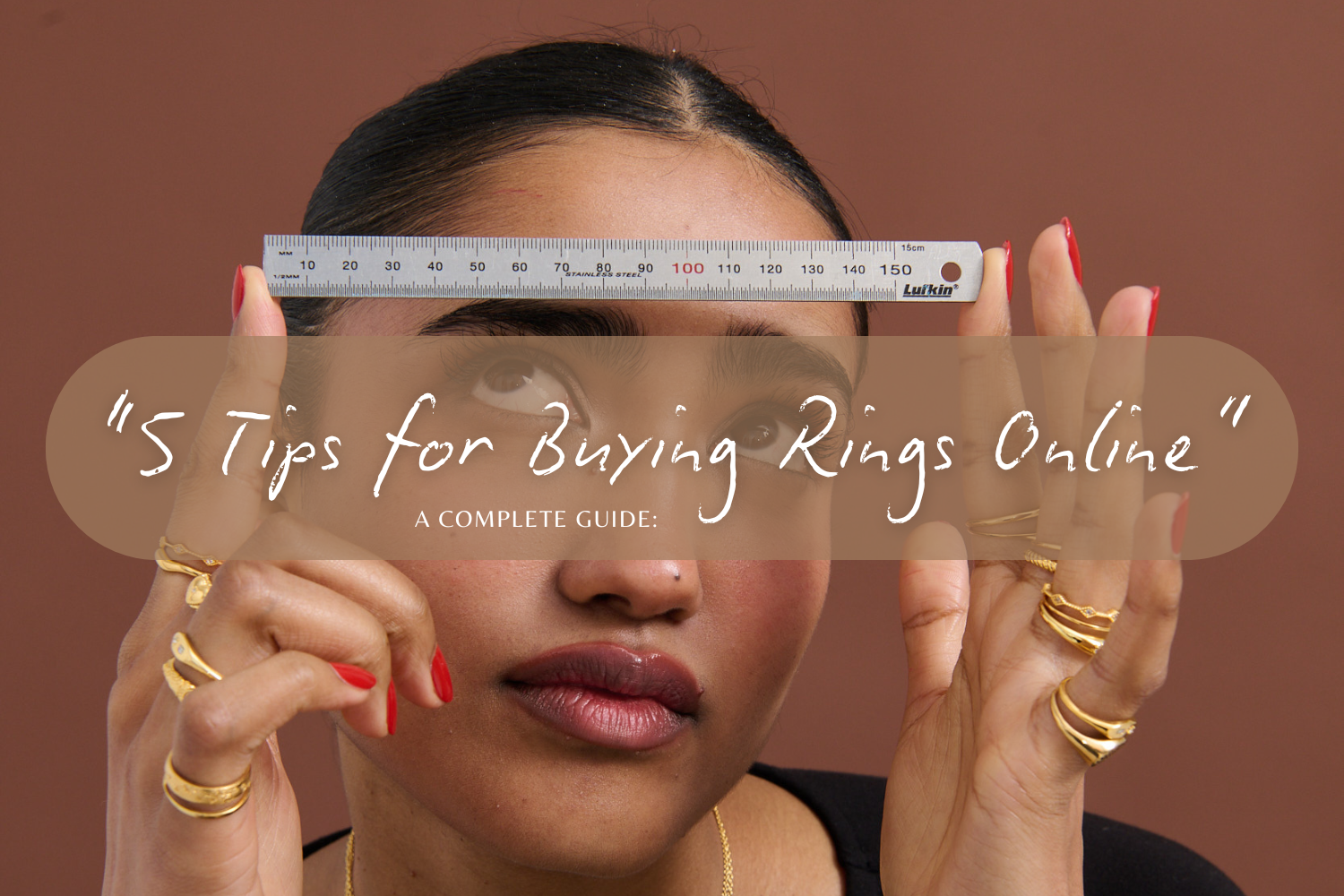
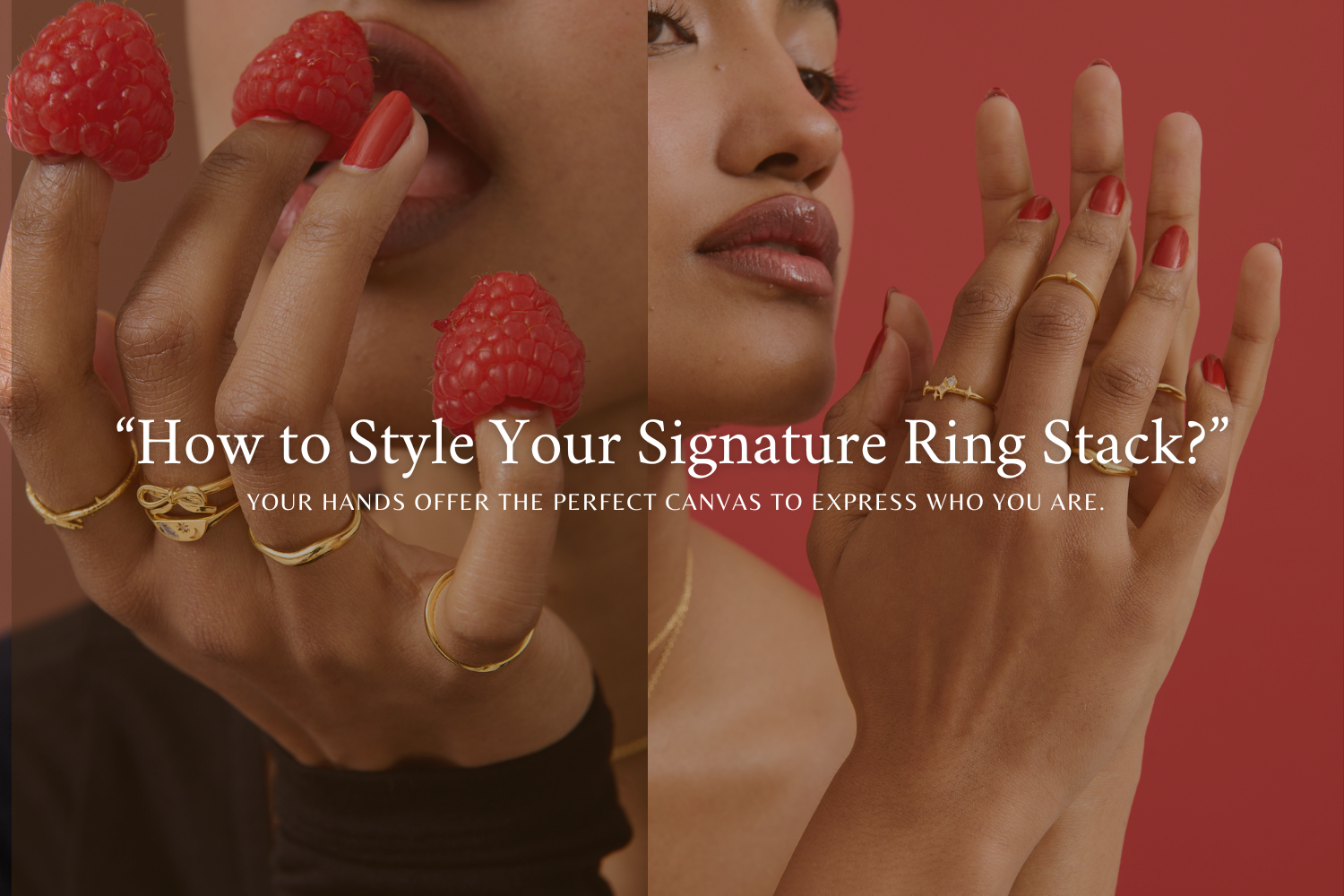
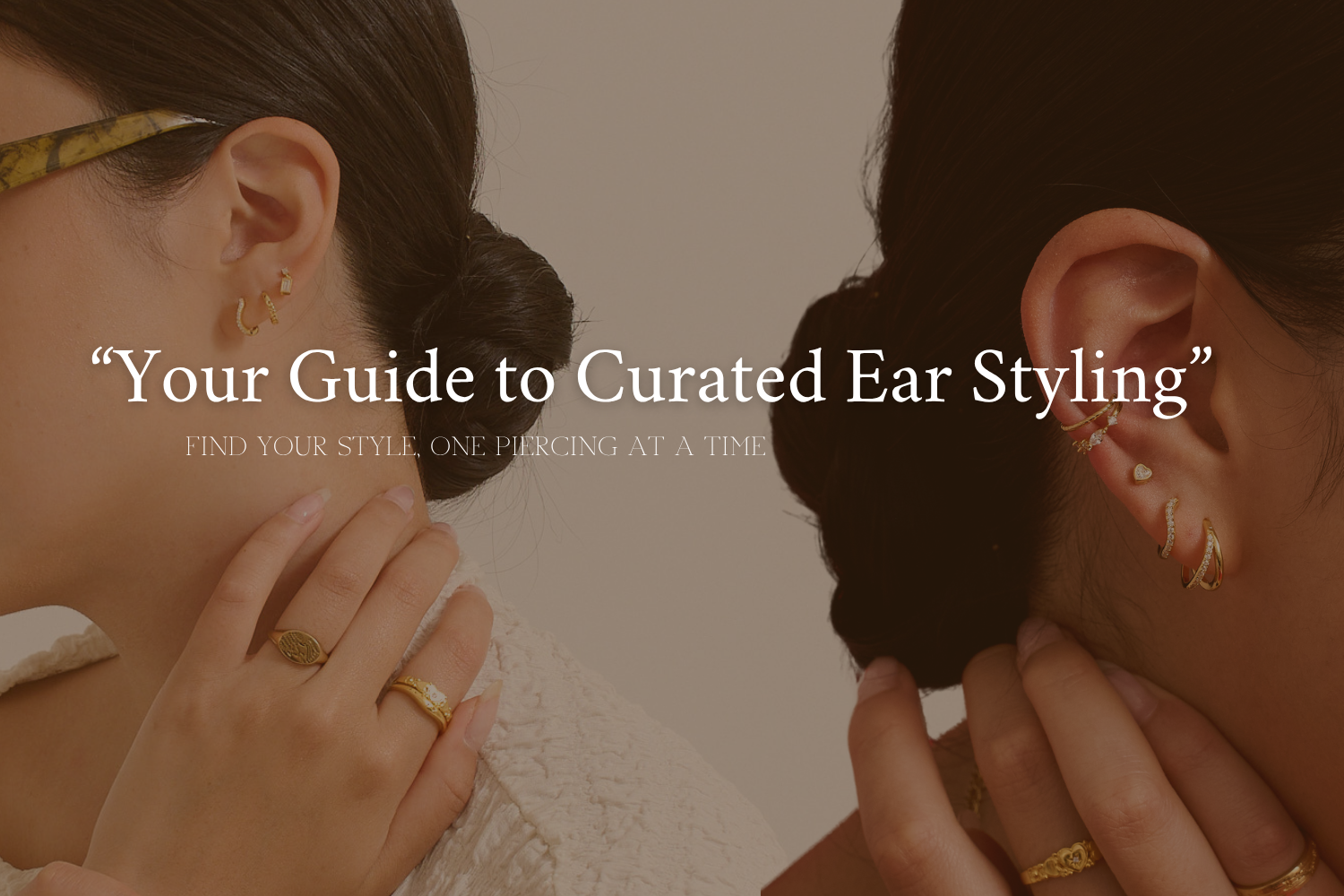
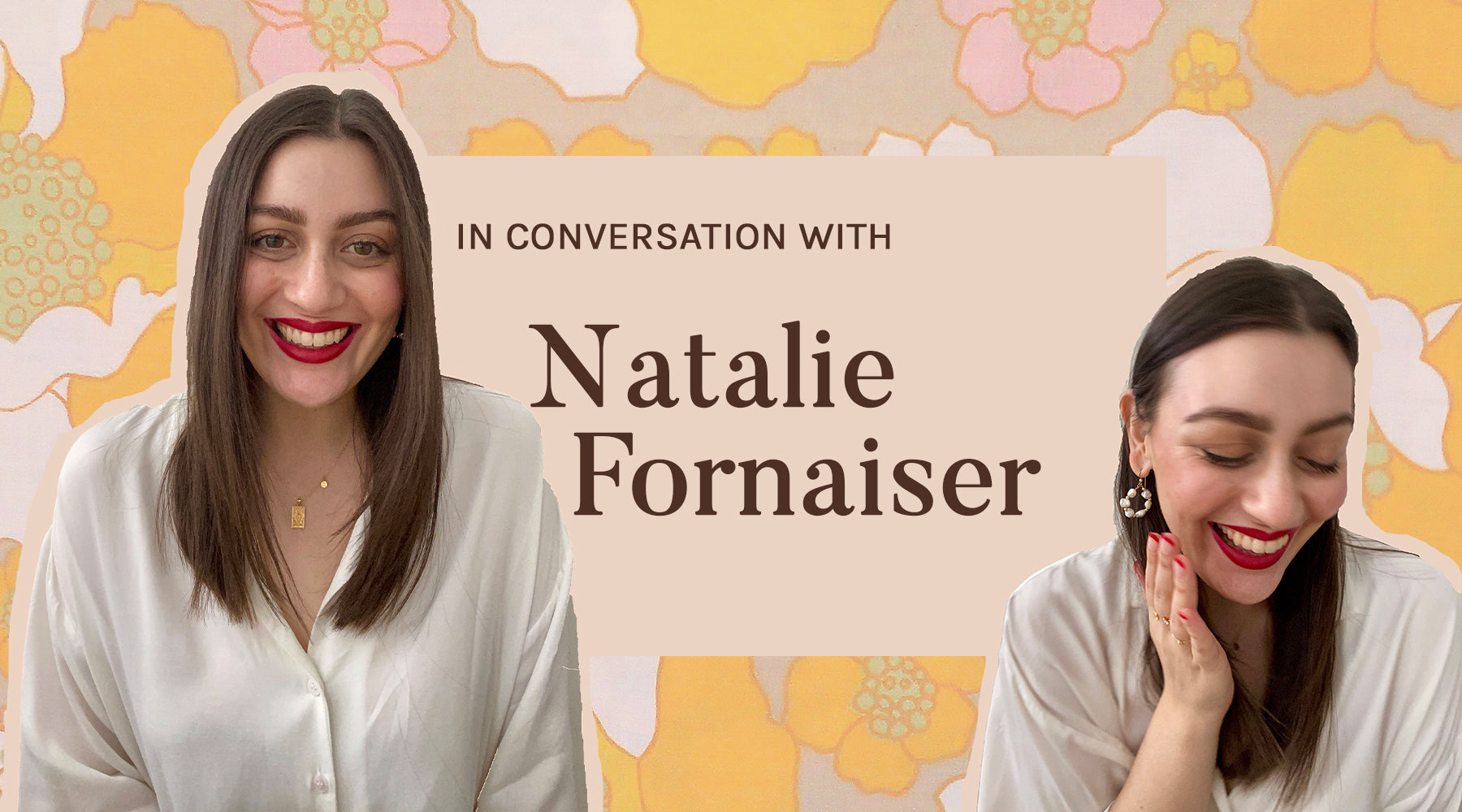
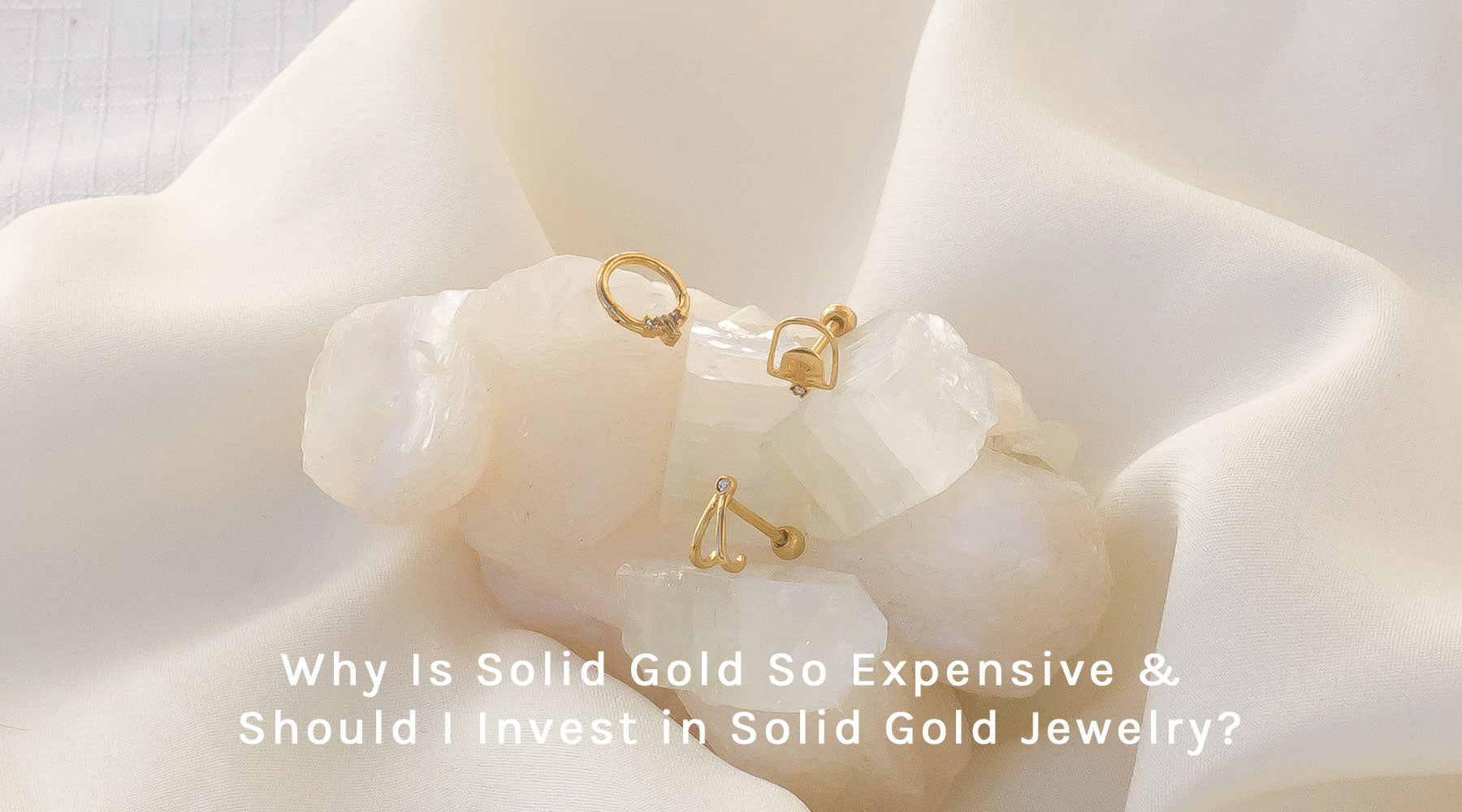
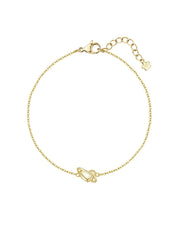
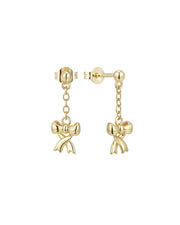
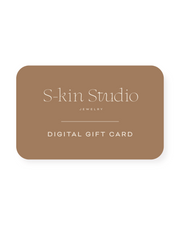
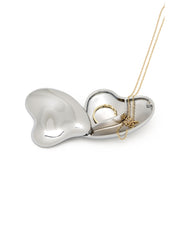
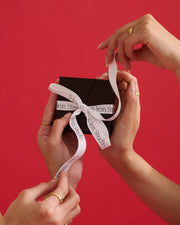
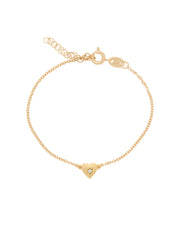


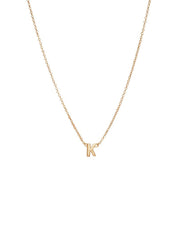

Leave a comment